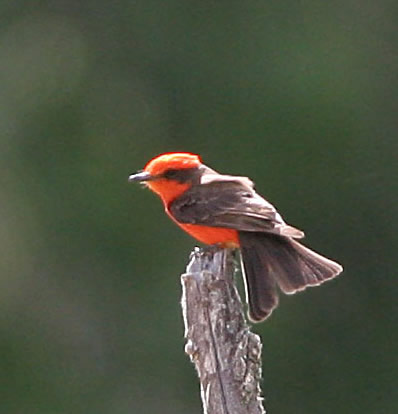


Ahh, the mighty Elkhorn...
Sadly, there was no BBE at Elkhorn Slough, although there certainly was some bbe, if you see, or hear what I'm getting at. My personal score for Fall BBE, not that anyone asked, but.... was one poor, one good, 2 excellent, and one neutral, but the birds on the "neutral" morning were delightful. Self-indulgence.....boring....................................
==============================================
A magical end to a memorable class. Clearly, the birds were magnificent, but the people were spectacular.
Re: people – You all are very generous in your praise of my instructorship, but there was a missed opportunity when I was mumbling through a thank you at dinner. An opportunity for praising the support of Tate, Ashok, and Tom, for class slides, wonderful supportive photos and class web-space, and graceful coordination of carpools and extraneous matters beyond the abilities of mortal men.
Matthew Dodder held my hand when I inquired about the precise coordinates of the Vermilion Flycatcher. All credit to Matthew for putting me onto “the fenced wetland area.”
And even though I want the birds to dominate your lives, you insist on showing me another way. By being sociable, and fun, and enthusiastic, and generous, and dang familial, in only the best way. What a simple but wonderful scene we made; with your/our laughter, smiling faces, and familiar voices at the dining room table. You, as a group (family? tribe?) are my chicken soup, whether I want to admit it or not.
My most sincere thank you, for making the class far more than a lesson plan and a walk in the park.
==========
…. And, I guess there were some highlights of the birding variety:
Study birds at the start: Lesser Scaup.
And how every day should start: perched American Kestrel with low light at our backs. At about a 35 degree angle.
The lone pack of American White Pelicans, on the fly-out across the slough. It's probably not called a "pack." Easy now. Put the correctomatic back in your pocket.
A good challenge at the lookout from the Peregrine Falcon.
A new duck to add to our Fall list: Red-breasted Merganser.
Mallards. Mallards? Mallards. Purple-blue-black glistening heads. Outstanding.
Another study bird, and Mary Jane’s eloquent analysis: Spotted Sandpiper.
Vermilion Flycatcher: The excitement of the rare and beautiful. Time passes in slow motion as my blood sugar surges. Hopes are dashed. Hopes are raised. Scopes are on it. Scopes are off it. Scopes are on it again. How did we skip the ritual high 5’s all around? There's a Harry Potter and the Snitch metaphor here, but it would be labored and lost. Read a great book this Christmas. Pick up one of Harry's adventures.
Brant: A Merlin is a Merlin. A Sora is a Sora. A Brant is a Brant. You silly goose. And this one was a beauty. Again, in wonderful light. And, for the self-indulgent record, weren't those gorgeous Brant at Limantour Beach, too!
Pelagic Cormorant glistening blue-green.
Clark’s and Western Grebe side-by-side. On my drive home from Palo Alto (Yes, I’m supposed to pay attention to traffic; I was. A little.) I reflected that I should have discussed the fact that these two birds hybridize (mate, create off-spring) and to have two so close together, with no other members of their respective genuses (geniused? Genii?) anywhere near them, while not definitive, one could speculate that these two were mates.
The elusive Pigeon Guillemot: Back to the scopes!
And sunset on Monterey Bay………….
Class cumulative Fall species total: 145
I hope you've used your little blue book. It's not the record-keeping that matters, although, that can be fun. It's like a little diary. You slide it away on your book shelf, and it falls out some day in the future, and you open it up, and it's this little treasure chest of memories from Fall 2005.
Give yourself a gift over the next 6 weeks. Get outdoors. Take your binoculars with you. Bring your field guide.
Best Holiday wishes,
bob power
November 21st, 2005